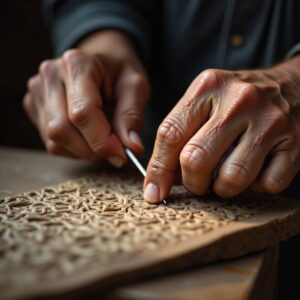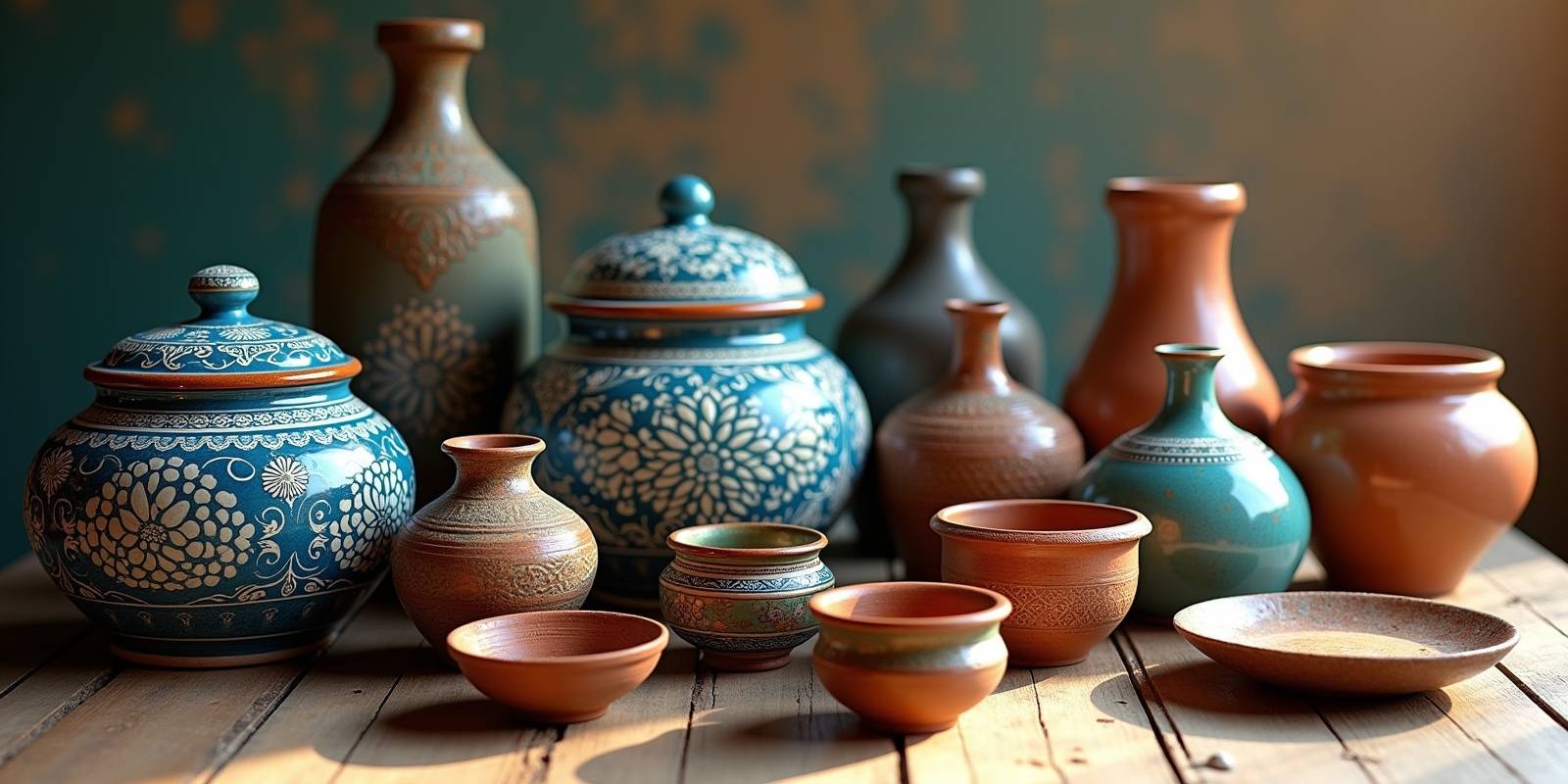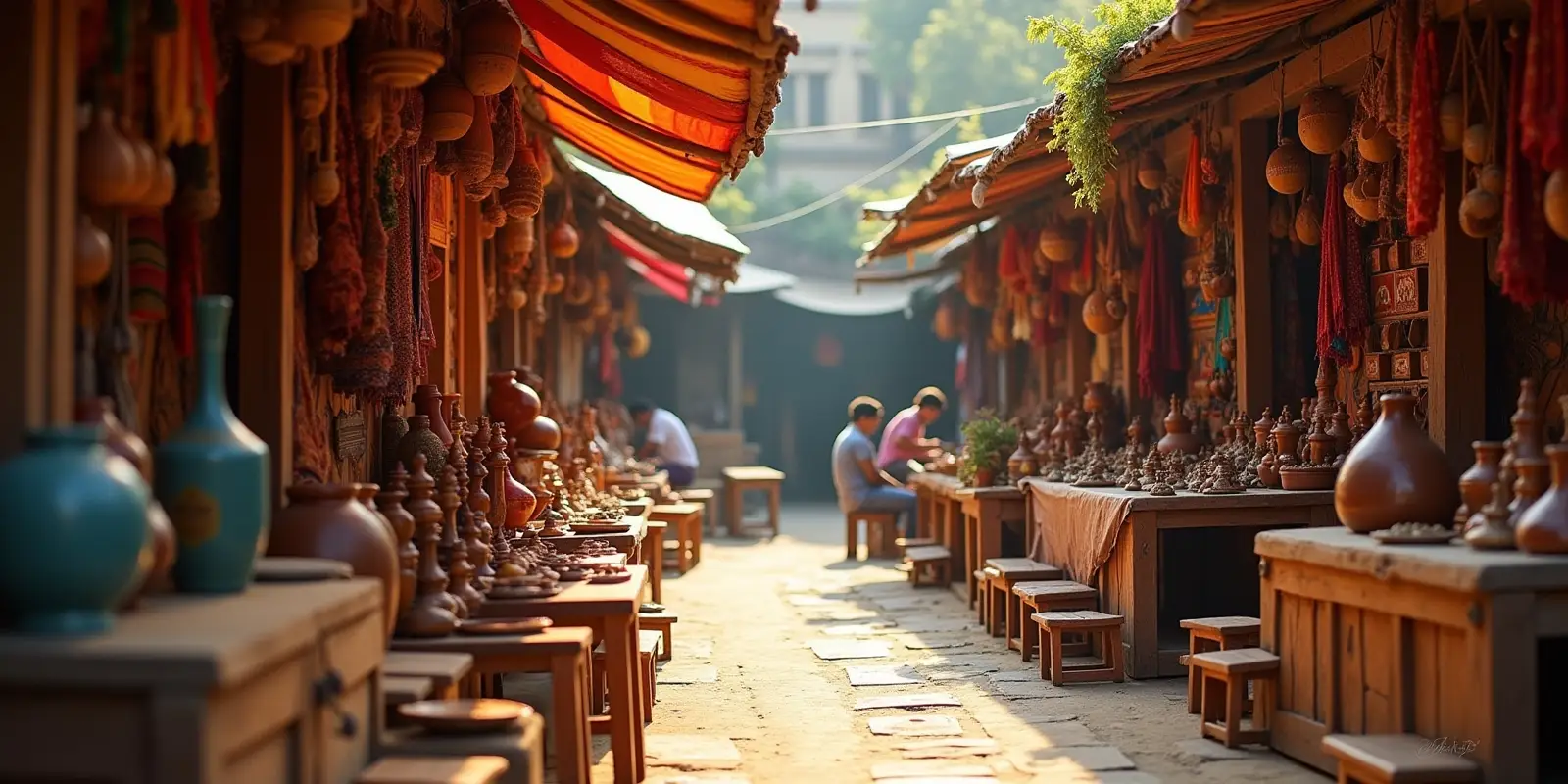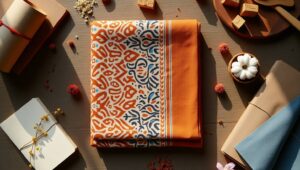India’s handicraft industry is like a kaleidoscope of colors, textures, and stories. Every piece tells a tale of generations of skilled artisans who have passed down their craft through bloodlines, creating magic with their hands. From the bustling markets of Delhi to the quiet villages of Rajasthan, handicraft products in India represent more than just beautiful objects – they’re living pieces of our cultural heritage.
What Makes Indian Handicrafts So Special?
Walking through any Indian handicraft market feels like stepping into a museum where every item is for sale. The beauty lies in the imperfections – the slight variation in hand-painted designs, the unique texture of handwoven fabrics, and the individual character that machines simply can’t replicate.
Indian handicrafts have been around for over 5,000 years. Yes, you read that right! Archaeological evidence from the Indus Valley Civilization shows that our ancestors were already creating beautiful pottery, jewelry, and textiles. This isn’t just about pretty things to decorate your home with – it’s about connecting with a craft tradition that’s older than most civilizations.
The Diverse World of Indian Handicraft Products

Indian textiles are legendary, and for good reason. Each region has developed its own unique style over centuries:
Banarasi Silk from Varanasi shimmer with gold and silver threads, taking months to complete a single sari. I remember watching a weaver in Varanasi explain how a single Banarasi sari can take up to six months to complete. The patience and dedication required is mind-boggling.
Kanjeevaram Silk from Tamil Nadu is so durable that mothers pass them down to daughters as wedding heirlooms. The silk threads are dipped in rice water and sun-dried, giving them their distinctive luster and strength.
Ikat from Odisha involves a complex dyeing process where threads are tie-dyed before weaving. The precision required to create perfect patterns is something you have to see to believe.
Pottery and Ceramics: Earth Transformed
Indian pottery varies dramatically from region to region. The blue pottery of Jaipur, with its distinctive cobalt blue glaze, originated from Persian techniques but has become uniquely Indian. Meanwhile, the terracotta horses of Bankura in West Bengal are not just decorative pieces but symbols of prosperity and good fortune.
What’s fascinating is how each region’s pottery reflects its local clay and cultural influences. The black pottery of Manipur uses a unique smoking technique, while the glazed pottery of Khurja has been supplying beautiful ceramics to Indian households for generations.





